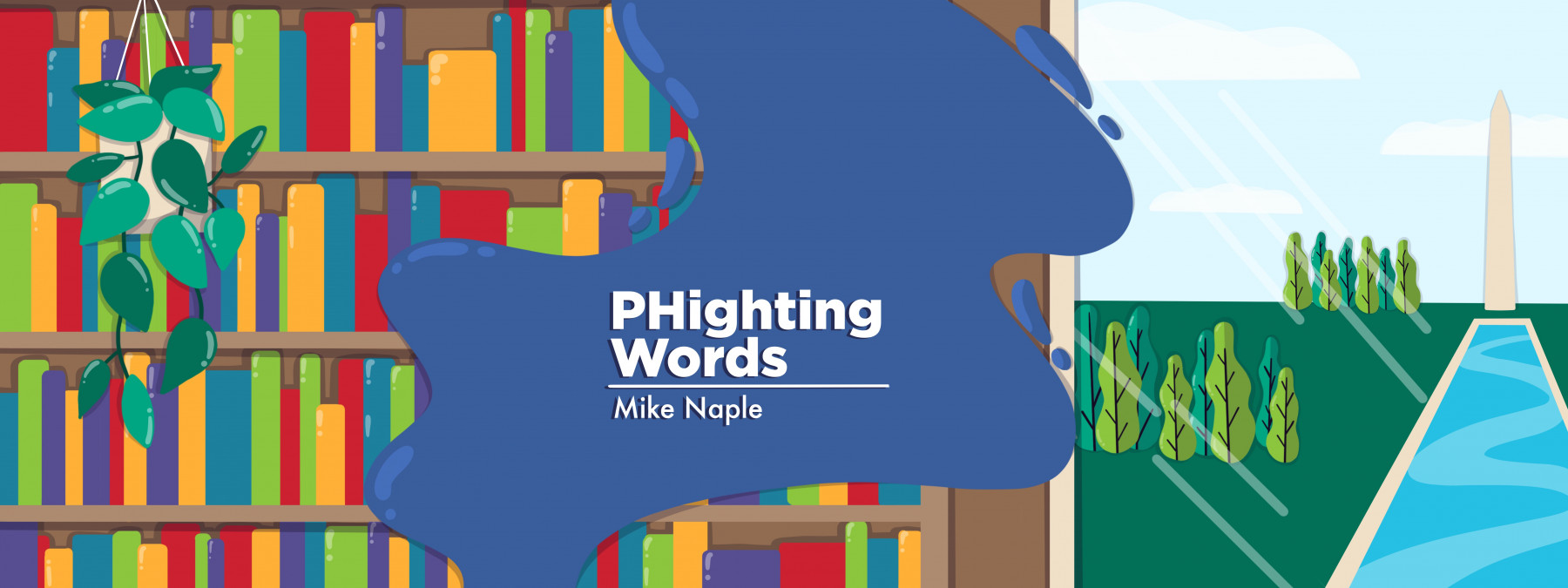Inviting People In After Coming Out

I’ve come out a few times in my life. I came out regarding my sexuality as a member of the LGBTQ community. I’ve also come out as a disabled and chronically ill individual and a member of the pulmonary hypertension (PH) community.
Coming out is a deeply personal experience. The concept and the action of it likely hold different meanings depending on who you are and where you are on your life journey. Every year during Pride Month in June, I reflect on what coming out means to me, as well as the intersection and commonalities between my different identities — including as somebody living with PH.
I’m a late bloomer. It took me a while to grapple with the conflicting emotions I felt in the closet. The closet made me feel safe and protected one day and suffocated, isolated, and anxiety-rattled the next. To get to the other side, I had to confront some internalized homophobia and the fear of potential rejection, loss of relationships, or estrangement from some people in my life.
No two coming out stories are the same. Some experiences carry more pain and trauma than they do acceptance and love.
As I shared more with the people in my life, the acceptance and love I felt for myself only grew. Not too long after I became comfortable with my sexuality, I began to experience episodes of extreme shortness of breath that put me in the hospital and ultimately led to my PH diagnosis.
A chronic illness or rare disease diagnosis flips the script on life to the point where I didn’t just need different words on the page; I needed a new typewriter to write a different story. I wasn’t prepared for the disconnect between my mind and body. PH affects the body in different ways — the disease would contribute to swings in my energy levels, and physiological changes would alter both my outlook and output in life.
Initially when I began to tell friends, family, and colleagues about my diagnosis, the notion that I was coming out to them wasn’t necessarily on my radar. I didn’t make the connection until after I had a few of these conversations. I recounted to one friend the frustration I’d felt trying to get a proper diagnosis. I became emotional thinking about what would’ve happened had I never admitted myself to urgent care — the action that led to a hospitalization and a proper diagnosis.
It’s not always easy to share my PH diagnosis with others. There is an uncomfortable stigma with health problems in the United States, and many chronically ill and disabled people face ableism and other forms of discrimination, particularly in healthcare settings.
As I adjusted to life with PH and discussed my diagnosis more openly, my sense of identity as a disabled and chronically ill person began to evolve. Through this embrace of another identity, I began to see commonalities between both identities: queer sexuality and disability and chronic illness.
Both identities can be invisible, or at least not immediately apparent to others without some verbal acknowledgment or external indicator. This is why I feel like I’m always coming out. Every time I meet somebody new and discuss my partner, I’m coming out to that person for the first time. Whenever I use my portable oxygen concentrator in public, I’m coming out as somebody who uses this medical device to manage and treat a rare disease.
Studies have estimated that as many as 5 million people who identify as LGBTQ are also people with disabilities. The queer and disabled community can face barriers related to healthcare access, employment, and other forms of discrimination that can negatively affect their lives. Showing up at the intersection of queer sexuality and disability is one way to give voice that can help break down these barriers and help bring more visibility to policy changes to better serve disabled LGBT people.
While it might feel like you’re always coming out, it’s not, nor can it be, the only chapter in a person’s story. As a queer and disabled person, I do my best to navigate my place in both communities and fully recognize when I don’t feel completely myself in either.
On a recent “LGBTQ&A” podcast episode, singer Janelle Monáe described her coming out experience more like a “coming in,” and that resonated with me. “I invited … people to a part of my life and who I was. I didn’t need to be accepted … I invited everybody into where I was at that time,” Monáe said.
I invite people to come into my life through my writing. Perhaps I will be coming out to some first-time readers through this column this month. Happy Pride, everyone!
Follow Mike on Twitter: @mnaple.
Note: Pulmonary Hypertension News is strictly a news and information website about the disease. It does not provide medical advice, diagnosis, or treatment. This content is not intended to be a substitute for professional medical advice, diagnosis, or treatment. Always seek the advice of your physician or other qualified health provider with any questions you may have regarding a medical condition. Never disregard professional medical advice or delay in seeking it because of something you have read on this website. The opinions expressed in this column are not those of Pulmonary Hypertension News or its parent company, Bionews, and are intended to spark discussion about issues pertaining to pulmonary hypertension.









Leave a comment
Fill in the required fields to post. Your email address will not be published.